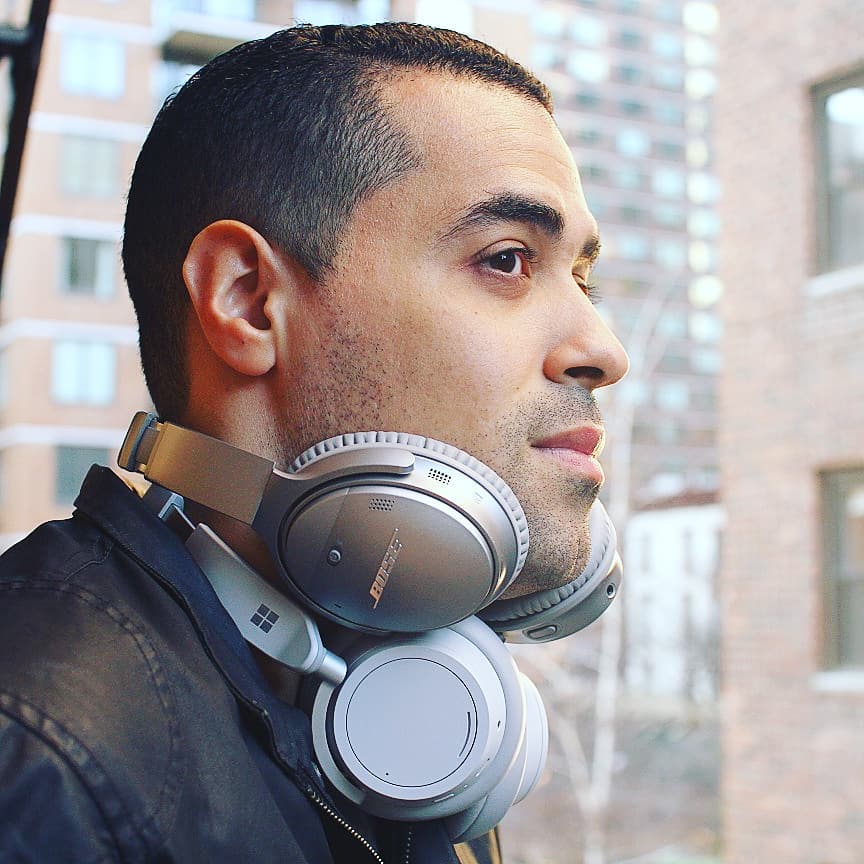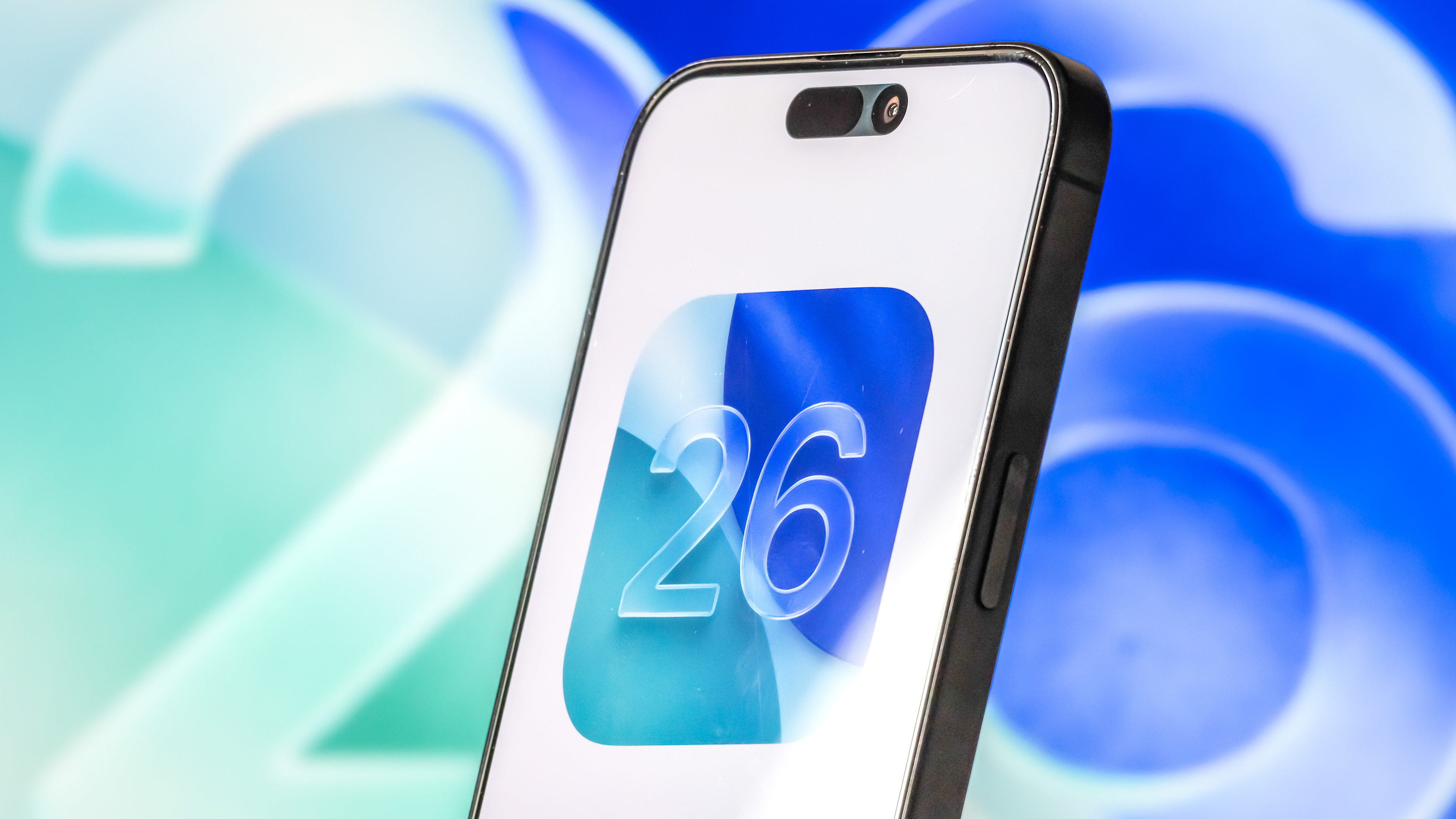Are solar-powered headphones worth it?
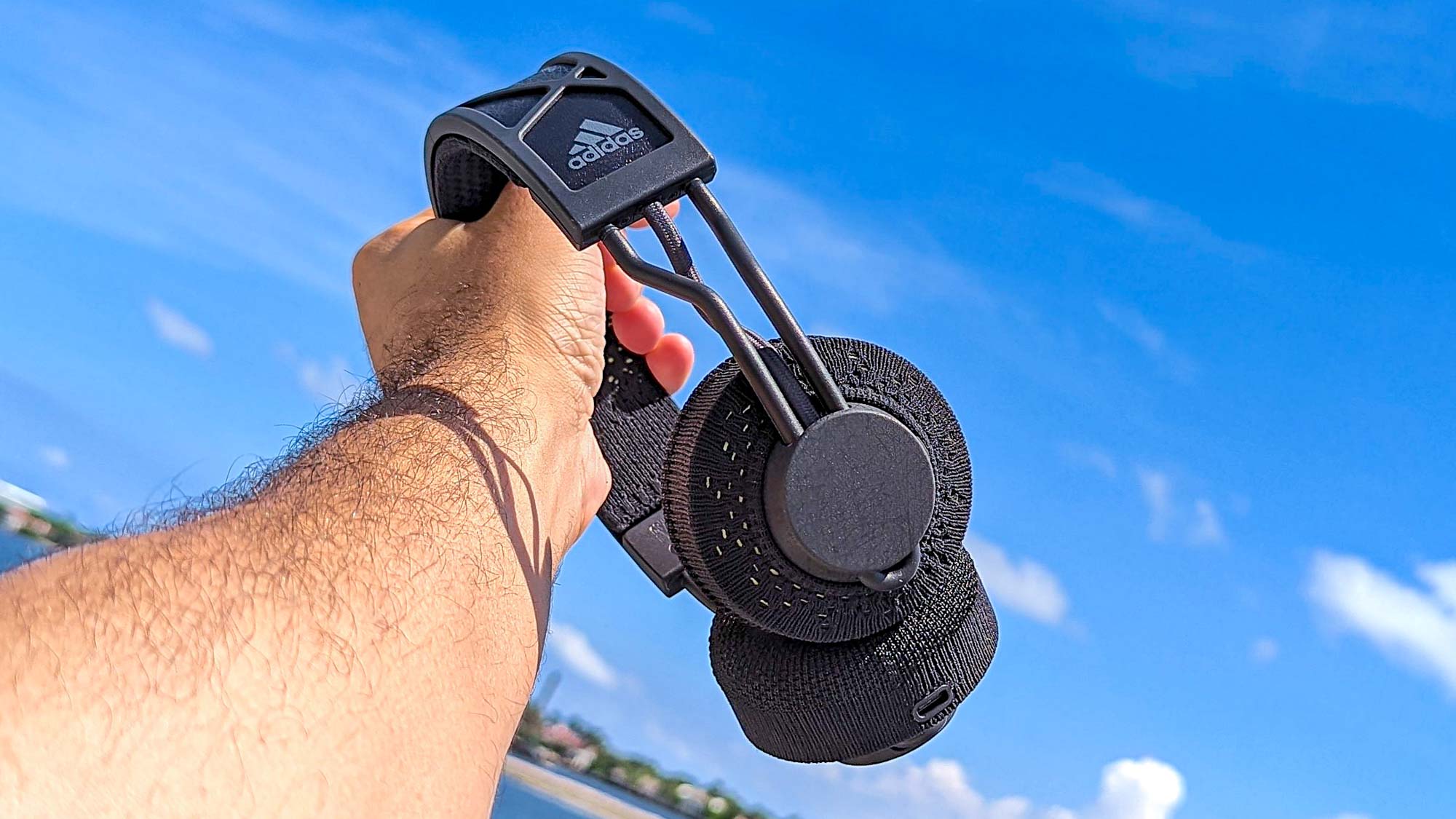
We’re living in a time where headphones can do almost anything. They allow us to enjoy music wirelessly over Bluetooth connectivity. Some of the best noise-cancelling headphones block out environmental distractions for peaceful listening. Headphones even let us execute common daily tasks and interact with smart home devices through digital assistant programs (e.g., Siri, Google Assistant). Now, we have wireless headphones that charge themselves via solar-powered technology.
A headphone that can draw the power it needs to power its drivers and any ANC tech purely from direct exposure to sunlight is a brilliant idea. And what's more, the tech sets new sustainability standards by decreasing our reliance on non-renewable energy sources.
As of right now, only two audio brands are selling solar-powered headphones: Adidas and Urbanista. Their respective models — the Adidas RPT-02 Sol ($229 @ Amazon) and Urbanista Los Angeles ($139 on Amazon) — are experimental successes that demonstrate this headphones sub-category’s potential. At the same time, they’ve proven to only benefit one crowd: fitness users.
Advertisements and marketing may convince you that solar-powered headphones are ideal for all kinds of leisure. But I beg to differ. Here’s why.
Wearability is more tolerable for working out
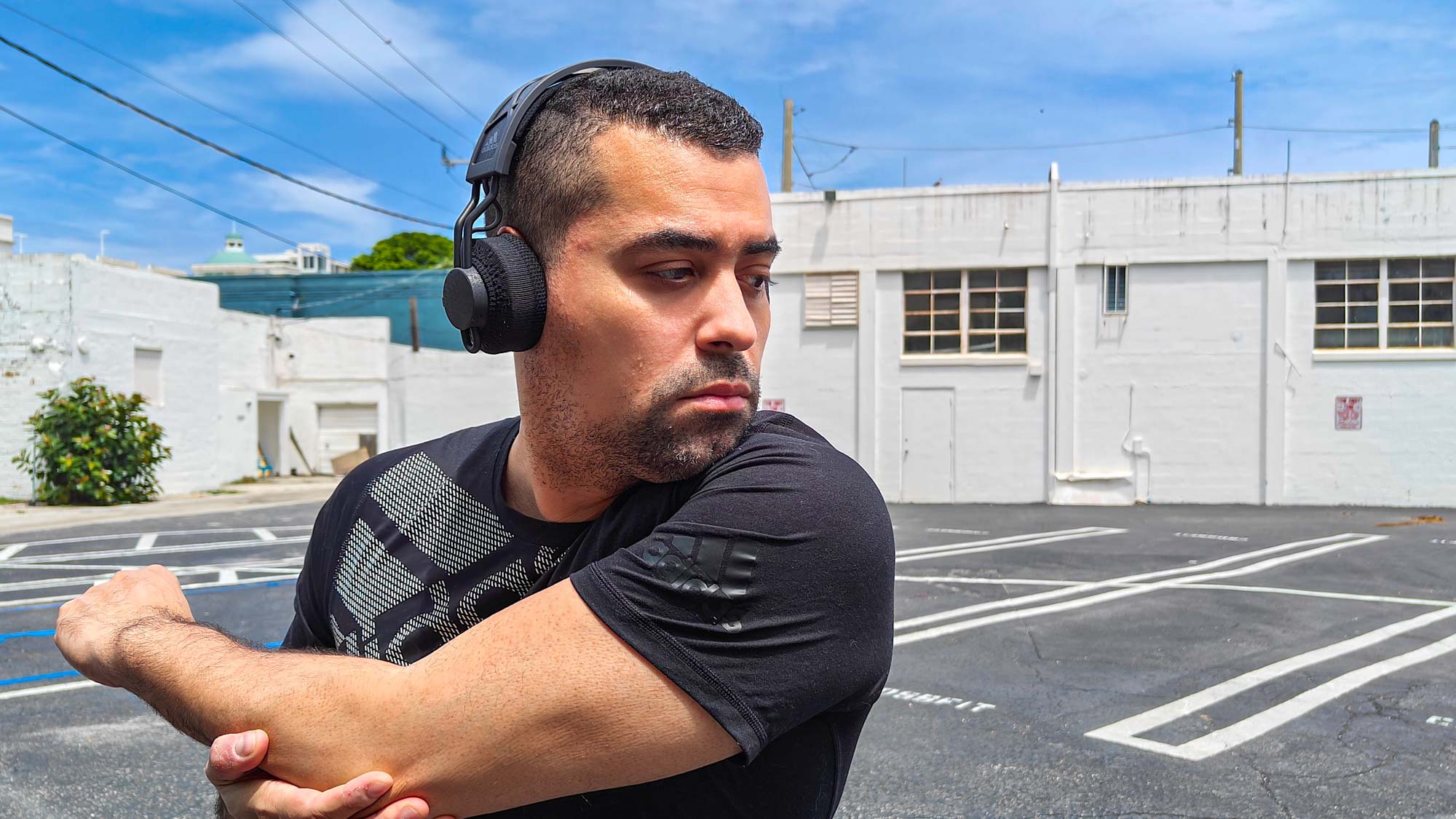
Even some of the best sport headphones are uncomfortable due to their tight fit, and solar-powered headphones are even more uncomfortable for some odd reason.
Seriously, wearing Adidas' or Urbanista’s cans for 30 minutes feels like your head is in a vise.
Seriously, wearing Adidas' or Urbanista’s cans for 30 minutes feels like your head is in a vise, and that sensation increases the longer you wear them. It makes sense for the RPT-02 Sol to feature such a tight fit since that keeps them stable during heavy lateral movements. There’s no excuse for the Los Angeles’ intense clamp force.
Hardcore exercisers don’t usually feel or notice any discomfort from sporty headphones until after their workouts. Soreness tends to occur around the ears and atop the skull. Solar-powered headphones have that same effect, which makes them bearable for physical activities. Using them at home or on commutes is impractical, especially if you have a low pain threshold.
Get instant access to breaking news, the hottest reviews, great deals and helpful tips.
Craftsmanship favors physicality
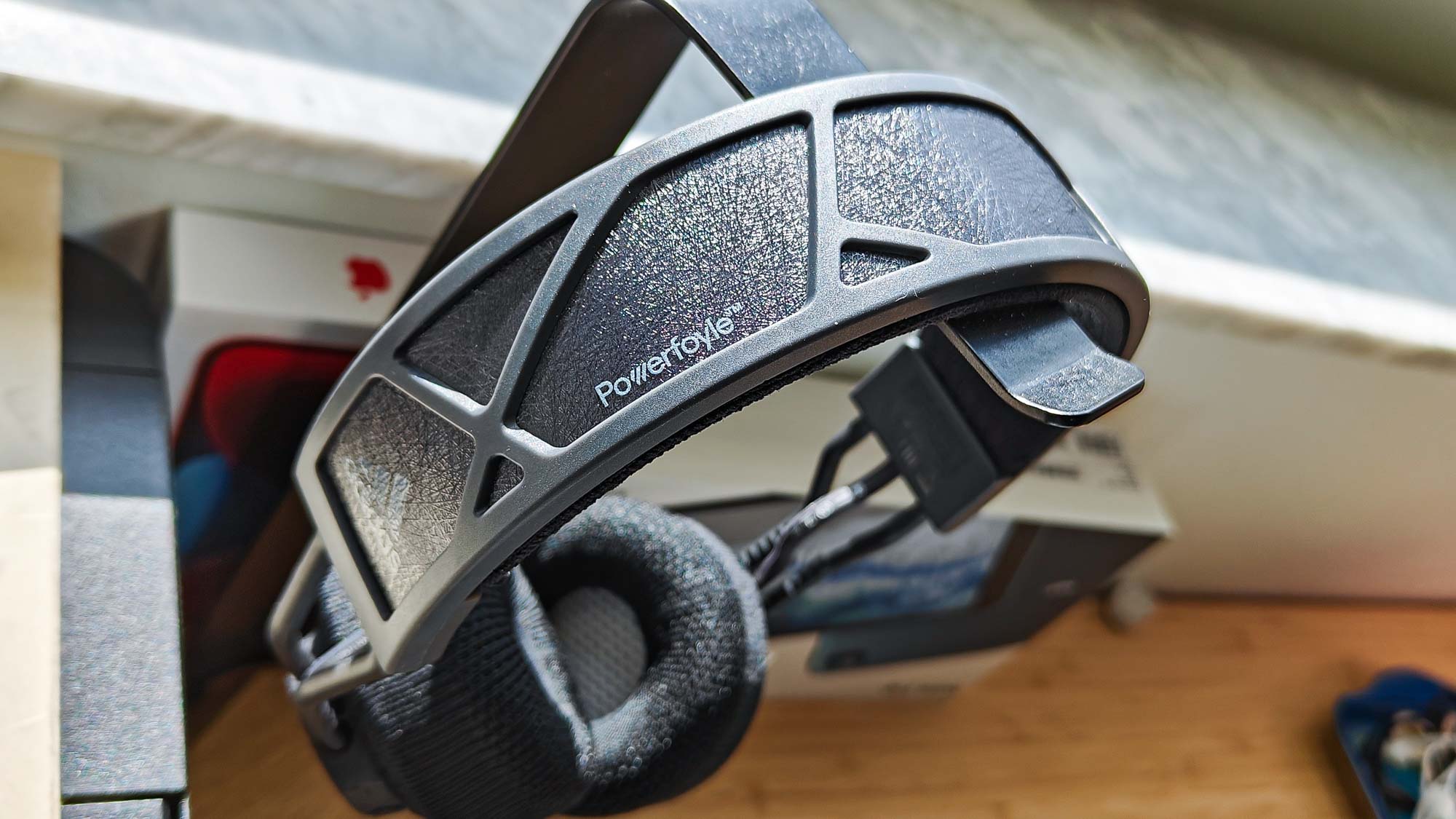
The RPT-02 Sol was designed purely for tough workouts. Adidas built them from 51% plastic that’s mostly covered in breathable mesh with IPX4 certification (sweat and splash-proof). You can also remove the inner headband and ear cushions to wash them.
While the Los Angeles are marketed towards fashion-forward consumers, they’re premium construction has sporty qualities. These headphones are composed of plush, matte-finish aluminum, with vegan leather wrapped around the padded earcups and headband. We’re talking high-end materials built for longevity; vegan leather can last anywhere between 2 to 20 years. Their fit and sturdiness meet the standards of a fitness headphone, but their lack of IP rating suggests otherwise.
It's not uncommon for people to exercise with luxury models that have delicate frames and no IP rating like the AirPods Max or several of the best Bose headphones. All I’m saying is that the Los Angeles stand out as the better workout companion due to their robust build quality.
Who’s staying outside to recharge their headphones?

Runners who actively sprint in the blazing sun get more out of solar-powering experience by automatically juicing up their cans during runs.
Runners who actively sprint in the blazing sun get more out of solar-powering experience by automatically juicing up their cans during runs. Adidas and Urbanista let you monitor solar-charging levels on their companion apps, which show how much power your headphones have gained or lost.
Unless you’re routinely sunbathing by the pool or in your backyard for several hours, there’s no reason to bake outside to extend your headphones’ playtimes. The better solution for standard use is USB-C charging. It’s stronger than the Powerfoyle technology employed on solar-powered headphones and will net you 80 hours of use on either headphone faster than the bright yellow dot in the sky.
Should you even consider solar-powered headphones for working out?
There are plenty of better options for working out. Many of them are listed on our best sport headphones page. However, if you fancy solar-powered headphones, there’s some satisfaction in knowing they’re best suited for exercising. The Adidas RPT-02 Sol are the only pair worth looking at based on battery life, design and sound quality.
In the meantime, we’re still waiting to see what other brands can do with solar-powered headphones. My suggestion: start by making them comfortable.
More from Tom's Guide
- I swapped AirPods Pro 2 for these sports headphones at the gym — here's what happened
- I test headphones and these 5 wireless earbuds have the best battery life
A lifestyle journalist with an affinity for consumer products, Alex has over a decade of experience and has worked with popular publications such as Complex, Thrillist, Men’s Health, Gear Patrol, AskMen, and Hoop Magazine. He currently focuses on audio, reviewing the most coveted headphones in the market for both Tom’s Guide and Laptop Magazine.
